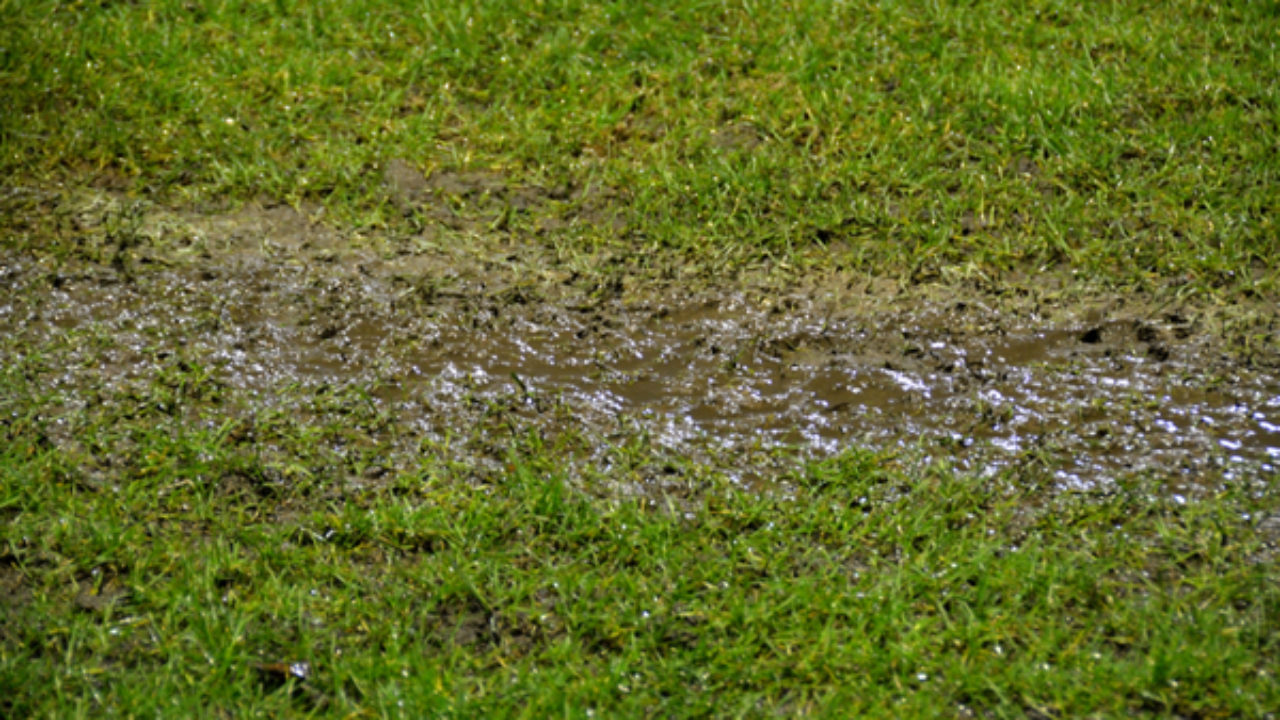The content below pertaining to Locating water leaks is exceedingly attention-grabbing. Check it out yourself and see what you think about it.

Early discovery of dripping water lines can alleviate a prospective calamity. Some small water leaks might not be noticeable.
1. Take A Look At the Water Meter
Every house has a water meter. Checking it is a proven manner in which assists you discover leaks. For beginners, turn off all the water sources. Ensure no one will certainly flush, make use of the tap, shower, run the washing maker or dishwasher. From there, most likely to the meter and also watch if it will transform. Because no person is using it, there need to be no activities. If it relocates, that shows a fast-moving leakage. If you find no changes, wait an hour or two and inspect back once more. This suggests you may have a slow leak that might even be underground.
2. Inspect Water Usage
If you find unexpected modifications, regardless of your intake being the same, it suggests that you have leaks in your plumbing system. A sudden spike in your costs suggests a fast-moving leakage.
A steady boost every month, also with the very same behaviors, shows you have a sluggish leak that's additionally gradually rising. Call a plumber to thoroughly examine your residential property, especially if you really feel a warm area on your flooring with piping underneath.
3. Do a Food Coloring Test
30% comes from toilets when it comes to water usage. Test to see if they are running correctly. Drop flecks of food shade in the storage tank and wait 10 mins. If the color in some way infiltrates your bowl throughout that time without flushing, there's a leak in between the tank and also bowl.
4. Asses Exterior Lines
Don't neglect to examine your outdoor water lines also. Examination spigots by affixing a yard hose. Must water seep out of the link, you have a loosened rubber gasket. Change this as well as guarantee all links are tight. If you have actually got an automatic sprinkler, it will certainly aid get it expertly examined as well as preserved every year. One tiny leak can lose lots of water and also spike your water costs.
5. Evaluate the situation and also evaluate
Homeowners ought to make it a behavior to check under the sink counters as well as even inside cupboards for any type of bad odor or mold and mildew development. These two red flags suggest a leak so punctual attention is required. Doing routine evaluations, even bi-annually, can save you from a major issue.
If you understand your home is already old, keep a watchful eye on your heating systems, tubes, pipes and so on. Look for stainings and damaging as most devices and also pipes have a life expectancy. They will certainly additionally normally degrade because of deterioration. Do not wait for it to rise if you presume leaking water lines in your plumbing system. Call a professional plumber immediately so you do not end up with a terrible mess in your home.
Early discovery of leaking water lines can mitigate a potential disaster. Some little water leakages might not be visible. Inspecting it is a proven way that helps you find leaks. One tiny leak can waste heaps of water and increase your water expense.
If you suspect dripping water lines in your plumbing system, don't wait for it to rise.
WARNING SIGNS OF WATER LEAKAGE BEHIND THE WALL
PERSISTENT MUSTY ODORS
As water slowly drips from a leaky pipe inside the wall, flooring and sheetrock stay damp and develop an odor similar to wet cardboard. It generates a musty smell that can help you find hidden leaks.
MOLD IN UNUSUAL AREAS
Mold usually grows in wet areas like kitchens, baths and laundry rooms. If you spot the stuff on walls or baseboards in other rooms of the house, it’s a good indicator of undetected water leaks.
STAINS THAT GROW
When mold thrives around a leaky pipe, it sometimes takes hold on the inside surface of the affected wall. A growing stain on otherwise clean sheetrock is often your sign of a hidden plumbing problem.
PEELING OR BUBBLING WALLPAPER / PAINT
This clue is easy to miss in rooms that don’t get much use. When you see wallpaper separating along seams or paint bubbling or flaking off the wall, blame sheetrock that stays wet because of an undetected leak.
BUCKLED CEILINGS AND STAINED FLOORS
If ceilings or floors in bathrooms, kitchens or laundry areas develop structural problems, don’t rule out constant damp inside the walls. Wet sheetrock can affect adjacent framing, flooring and ceilings.
https://www.servicemasterbyzaba.com/blog/how-to-detect-water-leakage-in-walls/

Do you really like reading about Leaking water lines? Give a remark down the page. We'd be delighted to know your responses about this post. In hopes that you come back again before long. Do you know somebody who is serious about Leaking water lines? Do not hesitate to share it. I recognize the value of reading our article about Finding hidden leaks.